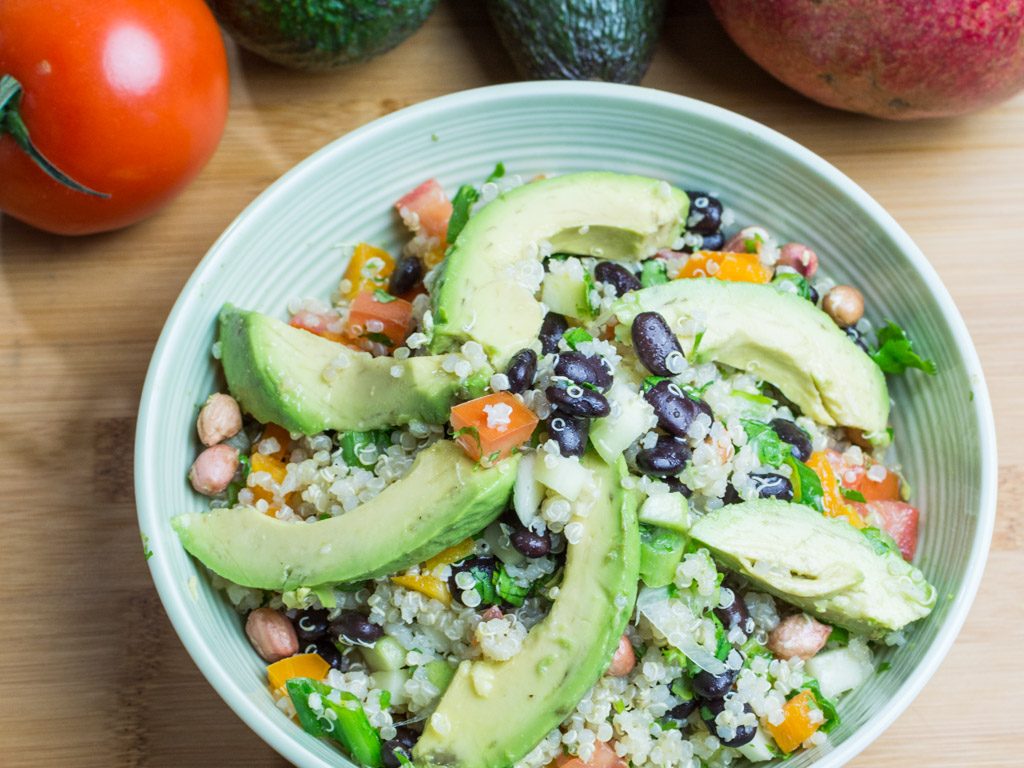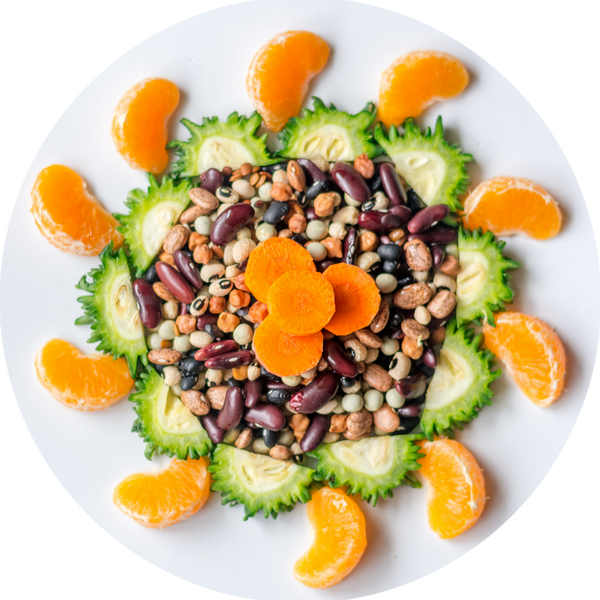5 Ways To Preserve Nutrition In Food You Eat

Introduction
Firstly, we don’t want to consume junk. Any food without nutrition or lost nutrition is as good as junk. And think of all that time and money we spend to do groceries – to eat healthy.
Let’s Dive In
Either we fry food too hard in oil or boil a leafy vegetable too long, we’re talking about burning the nutrition or draining it all via the soupy water. Cooking process is only a vehicle for making raw foods more palatable, hygienic and easy to digest. Above all it should nourish us. If you are using wrong techniques, you might be losing valuable nutrition out of the food you cook. Here are the five (or more) ways you can preserve nutrition while you cook.
1.Do Not Boil Vegetables Too Hard
Think of tender greens like Broccoli, Asparagus, Spinach. Or any other leafy vegetable for that matter. If you choose to boil Broccoli or Asparagus, 2 minutes is the max you can go. Beyond that, you’re sucking the nutrition out of these veggies and draining them off. Or you’re just ruining the crunchy texture and aroma of them. Trust me, I was surprised to have a plate of overcooked asparagus on my plate in what supposed to be ‘nice/upscale’ restaurants. The chef may be dumb or too busy with too many orders
What should you Do About It? Blanche. Steam. Saute. Blanching is the best method to cut the rawness in the food, make it digestible and still have the nutrition value in it. Same goes with all leafy vegetables too! Steam, instead of boiling. Saute’, instead of deep frying. Whenever you can, eat raw, instead of cooking (Carrots, Onions, Tomatoes, Lettuce etc.,)
2.Use Sauces As a Medium of Heat Transfer
We mean, sauces instead of oils. Chinese cooking is awesome in this way. They use sauces, paired with high temperature Wok style cooking. In this way, the food is quickly seared and brought to high temperature. No oils means less fat. Short cooking time means, preserving the nutrition. You can’t beat this technique. If you need to, choose oils which have high ‘smoke point’. There are two benefits to it. First, the oil itself will not break up into unwanted saturated fat or trans fats. Second they will act a medium to transfer the heat to food and help them cook properly.
3.Cut Foods Into Big Chunks
Think of anything like Root veggies like Carrots, Potatoes and others like meats. Chances are, the more surface area, the more loss of nutrition. Big chunks will reduce that surface area. So cut those veggies or meats into large enough pieces. Whatever way you cook, they would probably retain the texture, flavor and taste. Most probably nutrition as well!
4.Consume Food Fresh
Don’t let veggies sit in the fridge for weeks! We all do. We want to eat healthy, we buy a bunch of veggies when we go to supermarket. But once being home, we just don’t find time to make that smoothy, or stir fry or that dinner. The veggies rot. We feel disgusted to eat them stale We feel guilty to trash them! Plan tight, folks. You would plan to buy the veggies you plan on using in the coming week. That’s it! You don’t believe, we remind ourselves the same every now and then.
5.Choose Fresh or Frozen Vegetables/Foods Over Canned
Usually frozen foods are packaged soon after harvesting or making them. So the nutrition value is frozen and preserved better, than the canned foods. Canned foods need not necessarily maintain low temperature. And you know high temperature is the enemy of preserving food value
Bonus Tip
Look for ‘wholesome’ foods over processed ones. Fresh potatoes are better than potato chips. Thumb rule is, go for dark colored foods over light colored ones. Brown bread over white bread, pumpkin muffin over plain light colored muffin, brown rice over white rice so on and so forth!


Recent Comments